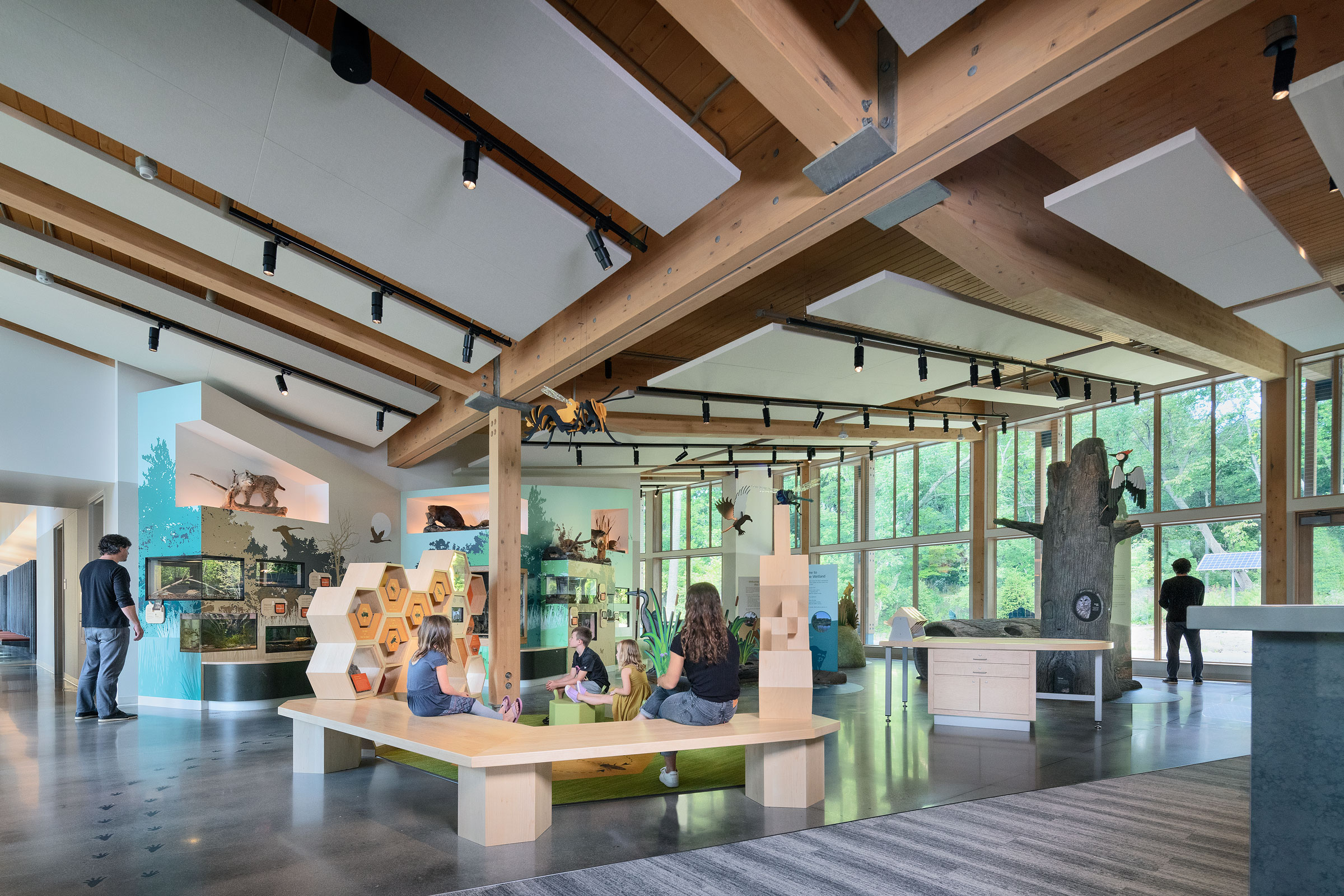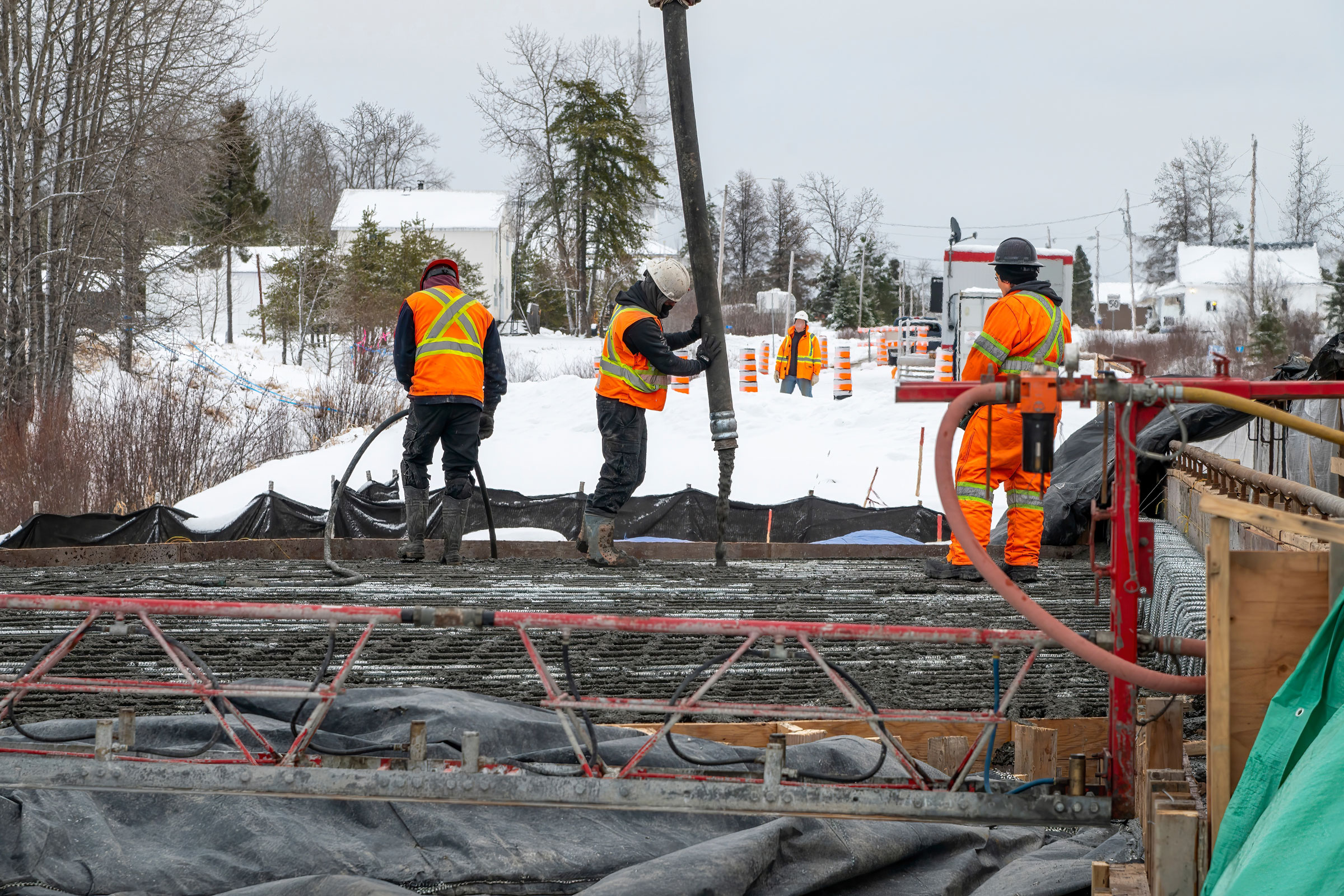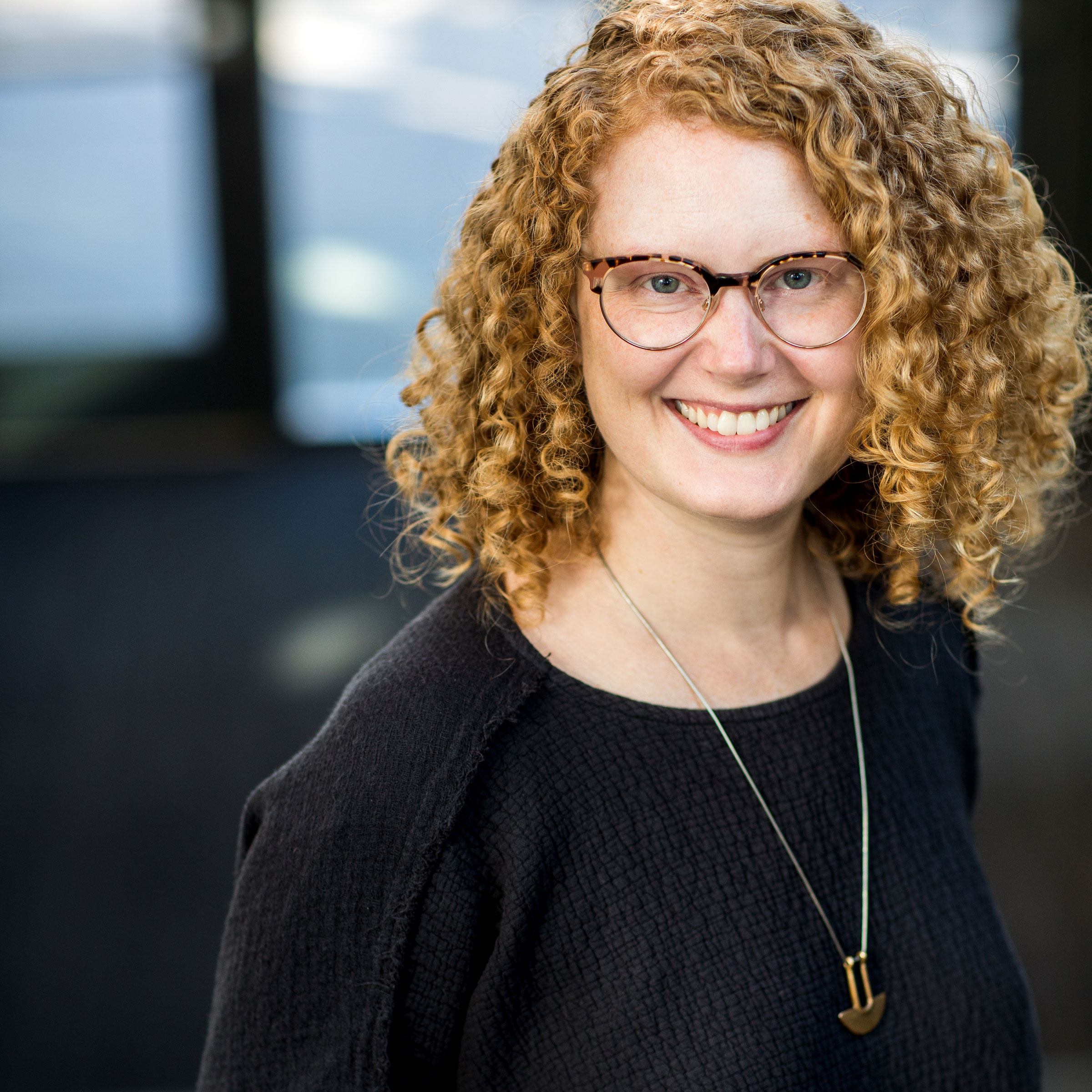Story at a glance:
- The Wolf Ridge Environmental Learning Center is working toward the Living Building Challenge.
- Presenting climate change data doesn’t often move people to make change. Imagining the finished project does.
- The repercussions of climate change disproportionately impact lower income, BIPOC, and elderly people.
Several years ago I took a three-week solo road trip, driving 6,300 miles from Minnesota to California and back. I had just lost my second consecutive pregnancy and learned that biological children were very likely not in the cards for me and my husband.
Driving in meditative silence through flat prairies, winding mountain ranges, rich canyons, and towering forests filled my heart and soul and helped me begin to heal. This experience deepened my desire to protect the wild, natural world that had provided me such solace and awakened a realization that human experiences are as wide and diverse as the landscapes on this earth. I thought—could my work help both people and the planet thrive?
I am an interior designer, and I work to deeply understand my clients’ values, culture, work habits, and vision for the future, then translate them into spaces that reflect the client and help them thrive. Over the years I’ve learned we will get much farther in the field of sustainable design when we focus on people—leveraging their passions and values, understanding their behaviors, and supporting their health and well-being.
These five realizations have advanced the sustainable design practice at HGA and enhanced positive outcomes for our clients.
1. Lead with values, not a checklist.

The Wolf Ridge Environmental Learning Center Margaret A. Cargill Lodge. Photo by Rick Peters
Our clients prioritize their values when budgets are tight and tough decisions must be made. When sustainability strategies are aligned with the client’s values, they become champions of those strategies.
We have clients like the Wolf Ridge Environmental Learning Center (Living Building Challenge certification in progress), who prioritize high performance goals even on tight budgets. Others make no mention of sustainability in their project goals, but they’ll state their values include protecting the health and well-being of their staff, so avoiding chemicals of concern, indoor air quality, water quality, or even pursuing WELL certification may rise to the top of their priorities. Beginning sustainability conversations with a values alignment exercise completely transforms the results.
2. Become a trusted advisor.
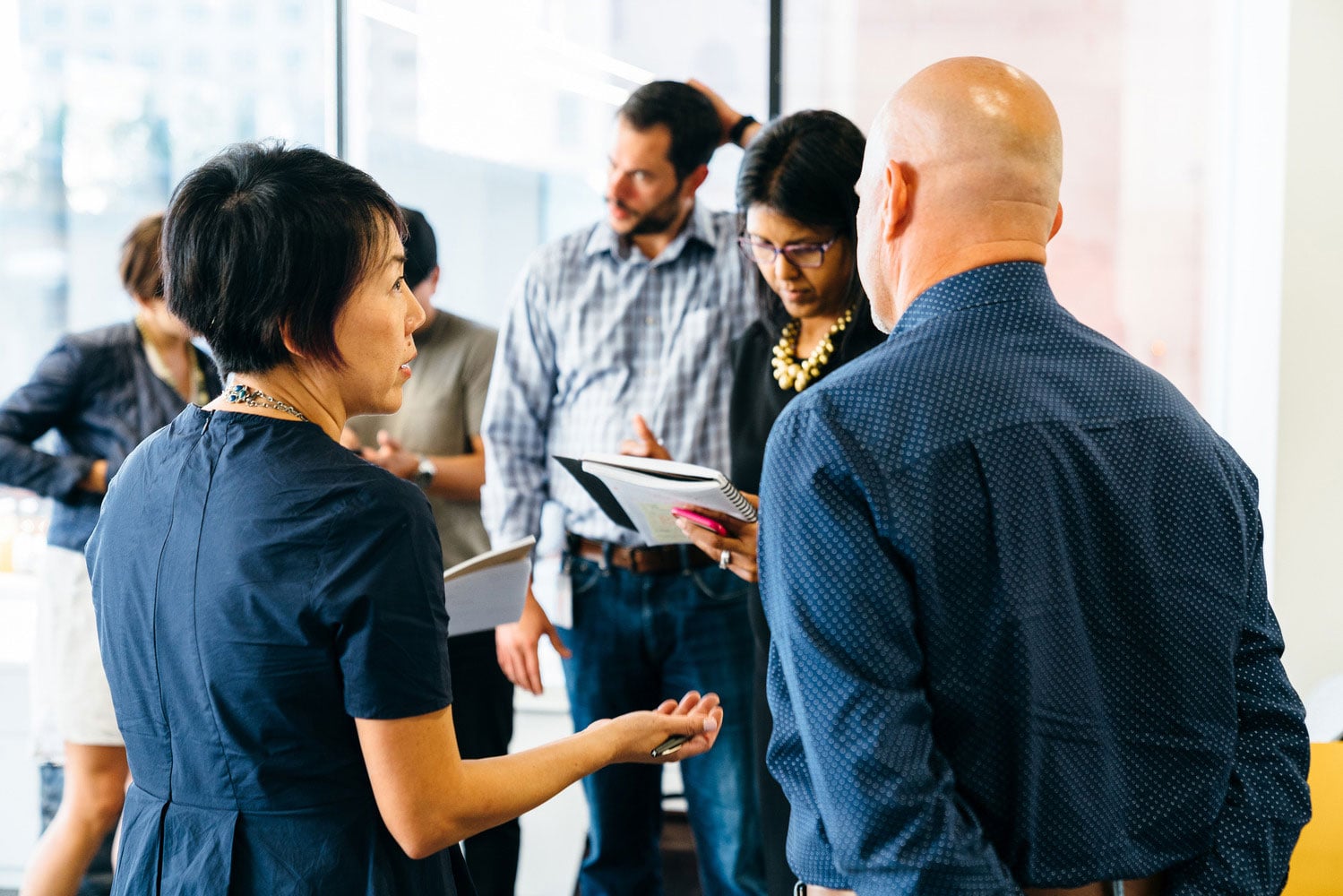
Adobe System East Tower Tenant Improvement by HGA. Photo by Gregory Cortez
Early in my career, I felt frustrated when a client didn’t seem to trust our expertise. I’d think, “They hired us, but don’t trust our opinion?” Yet, to become a trusted advisor, we must build rapport and trust by listening deeply—to understand, not to respond.
After the road trip I described, I earned a certificate in positive psychology from the Wholebeing Institute. One exercise in the course was to sit across from a fellow student and listen for two minutes, without responding in any way. I wanted to jump in with related stories and advice, but instead I simply listened. The storyteller felt heard, empathized with, and therefore felt a stronger connection to me for no other reason than my deep listening.
We build trust by listening, showing empathy, and demonstrating that we understand. Take good notes and repeat back what you hear. Wait to problem-solve until the speaker has finished. When we truly listen, we can understand more deeply what drives our clients and are in a better position to influence their decision-making, better able to recommend more sustainable choices.
3. Feelings inspire action.

Ariane Laxo hosts TEDxMinneapolis 2018: Intention. Photo by Ben Ragsdale
In my spare time I volunteer as executive director and producer of TEDxMinneapolis—an independent, locally organized nonprofit producing TED-style talks delivered by Minnesota-based speakers. In Michael Fanuele’s talk, How to Inspire Like a Rockstar, he explained inspiration is the transfer of a feeling from a person (or thing) to another person.
When our prefrontal cortex (the analytical part of our brains) is activated, we can’t be moved emotionally. So when we try to persuade others with facts and figures, we don’t move them or inspire them to act. I’ve seen this play out countless times over my career. Presenting climate change data doesn’t move people to make different choices. Imagining the excitement and pride you’ll feel when your project becomes the first carbon neutral building on campus? Feelings inspire action.
When we help our clients, imagine how they’ll feel when a goal is met, they are more likely to do whatever it takes to achieve that goal. Facts and figures have their place, but we need to evoke emotions to inspire change.
4. Build a movement.
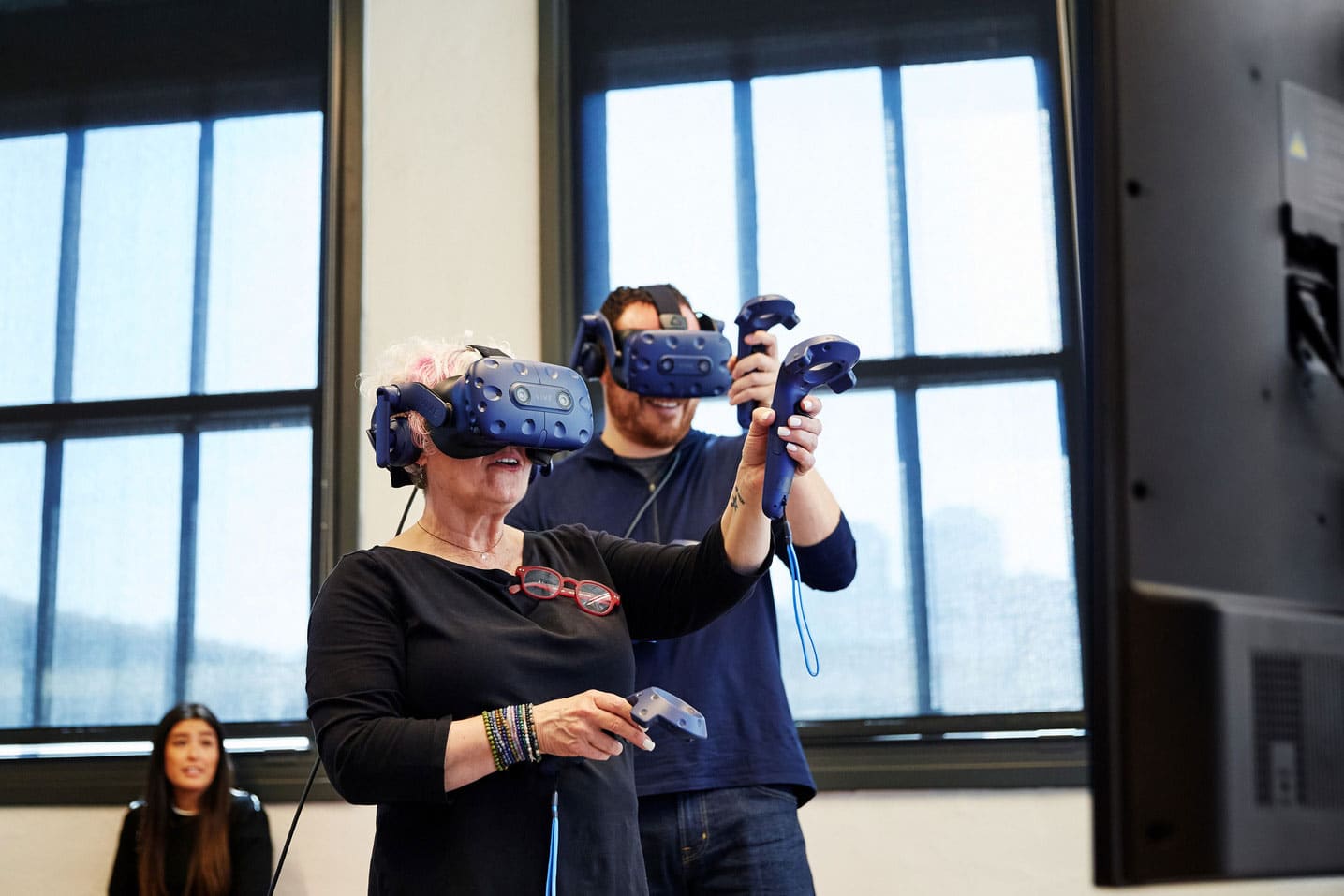
VR headsets. Photo courtesy of HGA
In the age-old question of what is more effective—a mandate or a movement—while accountability measures are necessary and support from leadership is also critical, I’ve found a movement will change culture far more effectively than a mandate.
When working with clients I advocate for embedding change management into the design process. A diverse group of stakeholders engaged throughout will feel shared ownership over decisions, becoming change champions who take pride in their work and help others see the merits of the choices made. When we show our work along the way at engagement sessions, whether that’s with low-tech sketches or high-tech virtual reality, clients are empowered to influence design decisions and understand the rationale of every one.
Whether working with clients to help them embrace high performance goals or working with my colleagues at HGA to deepen our sustainability practice, when focusing on building a movement, we’ve created greater momentum than I ever thought possible.
5. Sustainability must be for all.
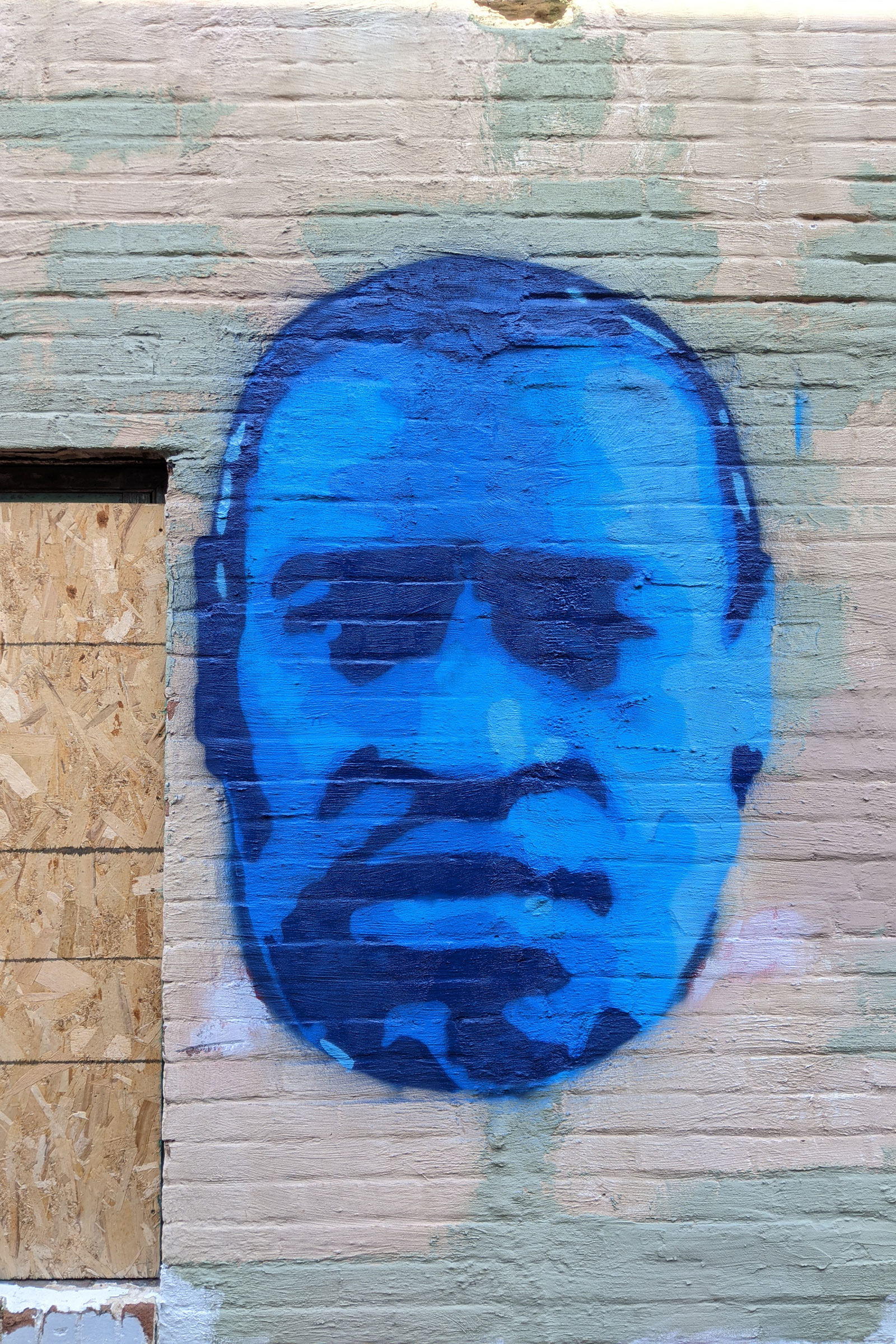
blues4george by Seitu Ken Jones. Photo by Ariane Laxo
I attended a sustainable design conference for the first time in 2006 where attendees were overwhelmingly male and white. Diversity has grown somewhat over the years, but the sustainable design community still does not come close to representing the cultural and racial diversity of the communities we live and work in.
While the repercussions of climate change disproportionately impact lower income, BIPOC (Black, Indigenous, People of Color), and elderly people, these demographic groups are far less likely to live, work, play, or worship in sustainable spaces.
This year the disconnect between white communities, like the predominately white AEC industry, and our historically marginalized BIPOC neighbors was painfully brought into the spotlight when George Floyd was killed by a Minneapolis police officer in the city I live in. There are no easy solutions, but we can start by asking ourselves: How might we serve all communities? How might we make sustainability accessible to all? How might we challenge the institutional racism in our schools, our firms and the clients who hire us? How might we confront and root out our own internalized racism and biases? Sustainability has the capacity to be a tool for social justice – will we rise to the challenge?
A few years ago, a road trip through the landscapes of the great American West helped me heal. Just as the environment can help humans thrive, I believe humans can return the favor. When sustainable design is all about people, we embrace our interdependent relationship and build a mutually beneficial movement.

